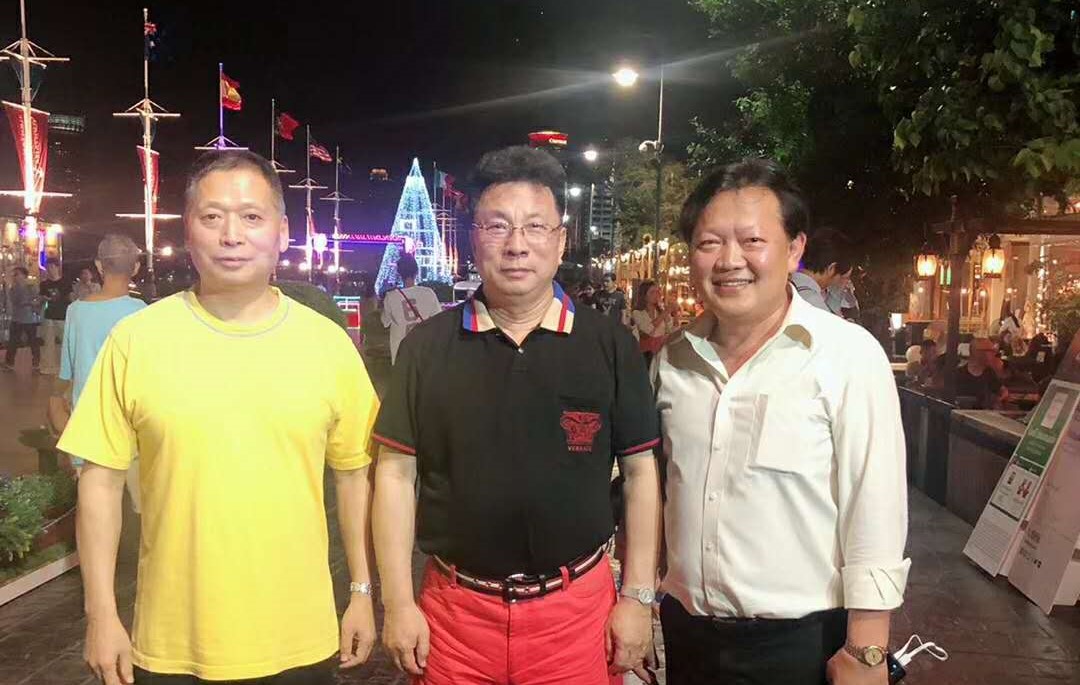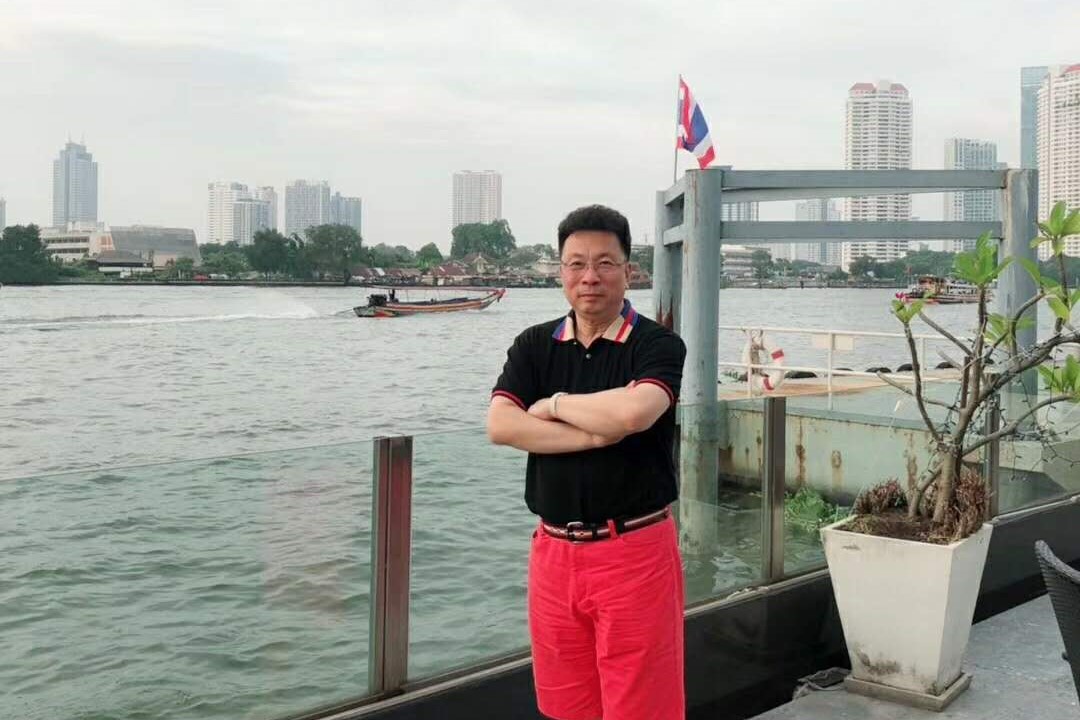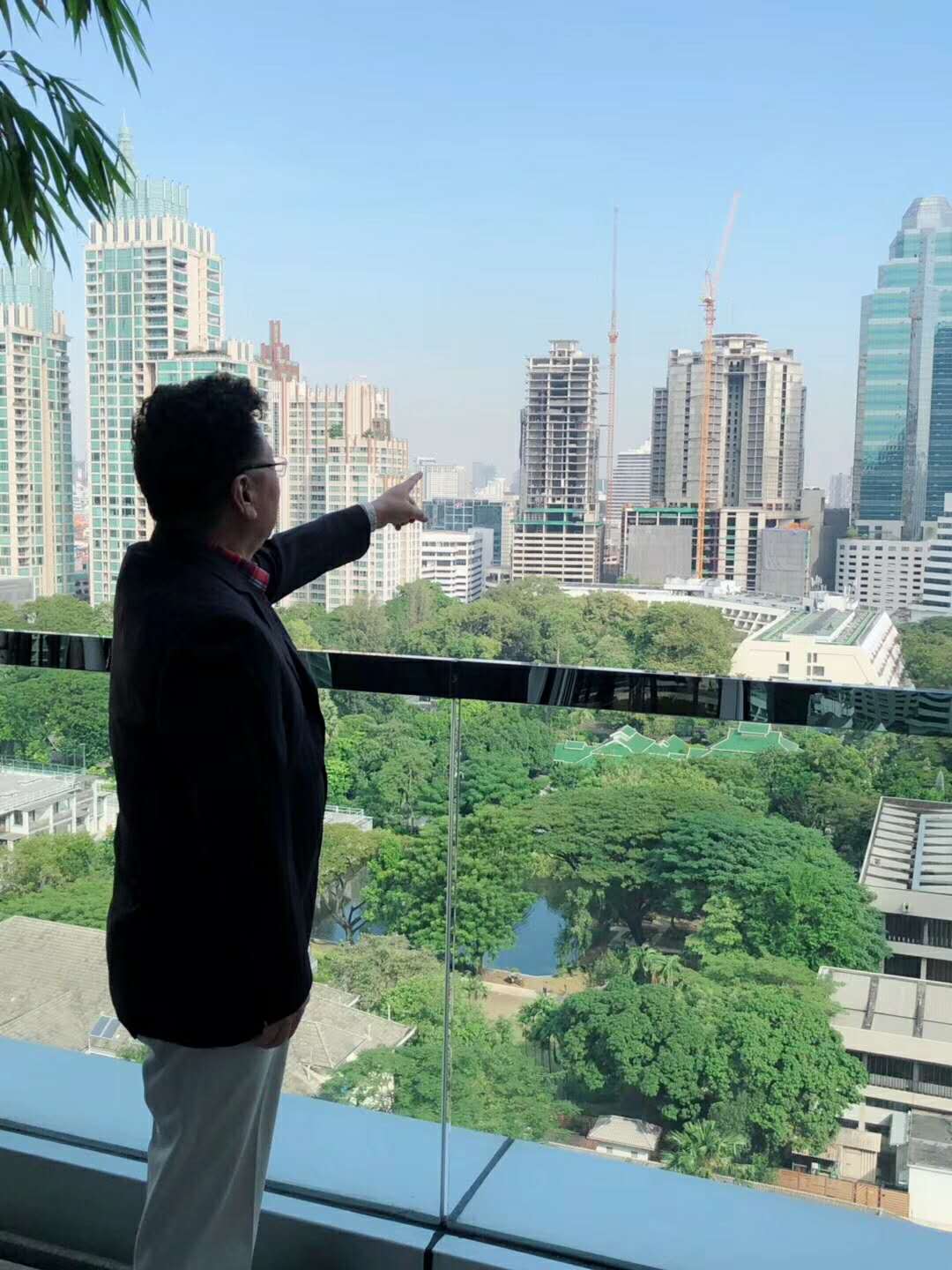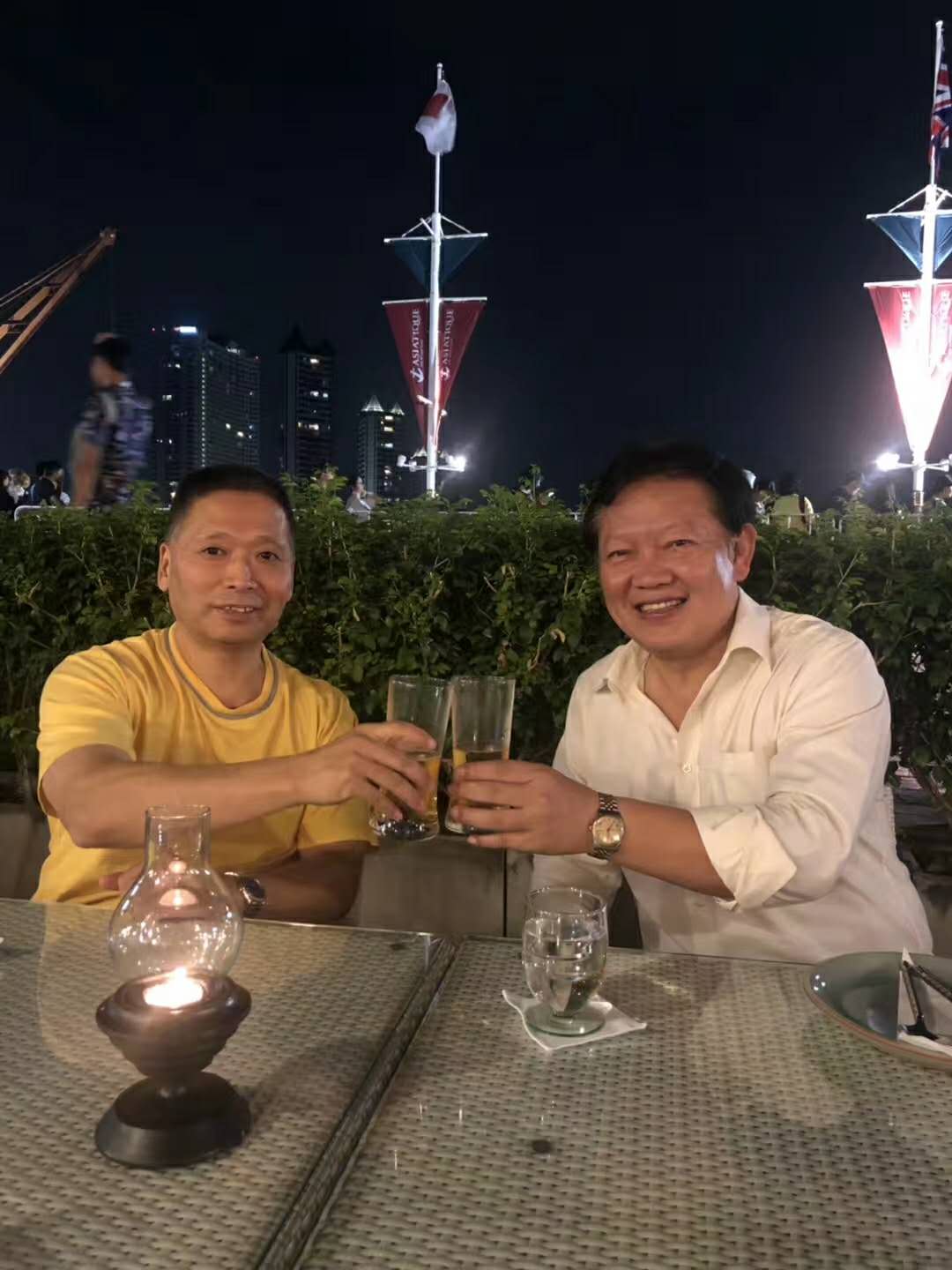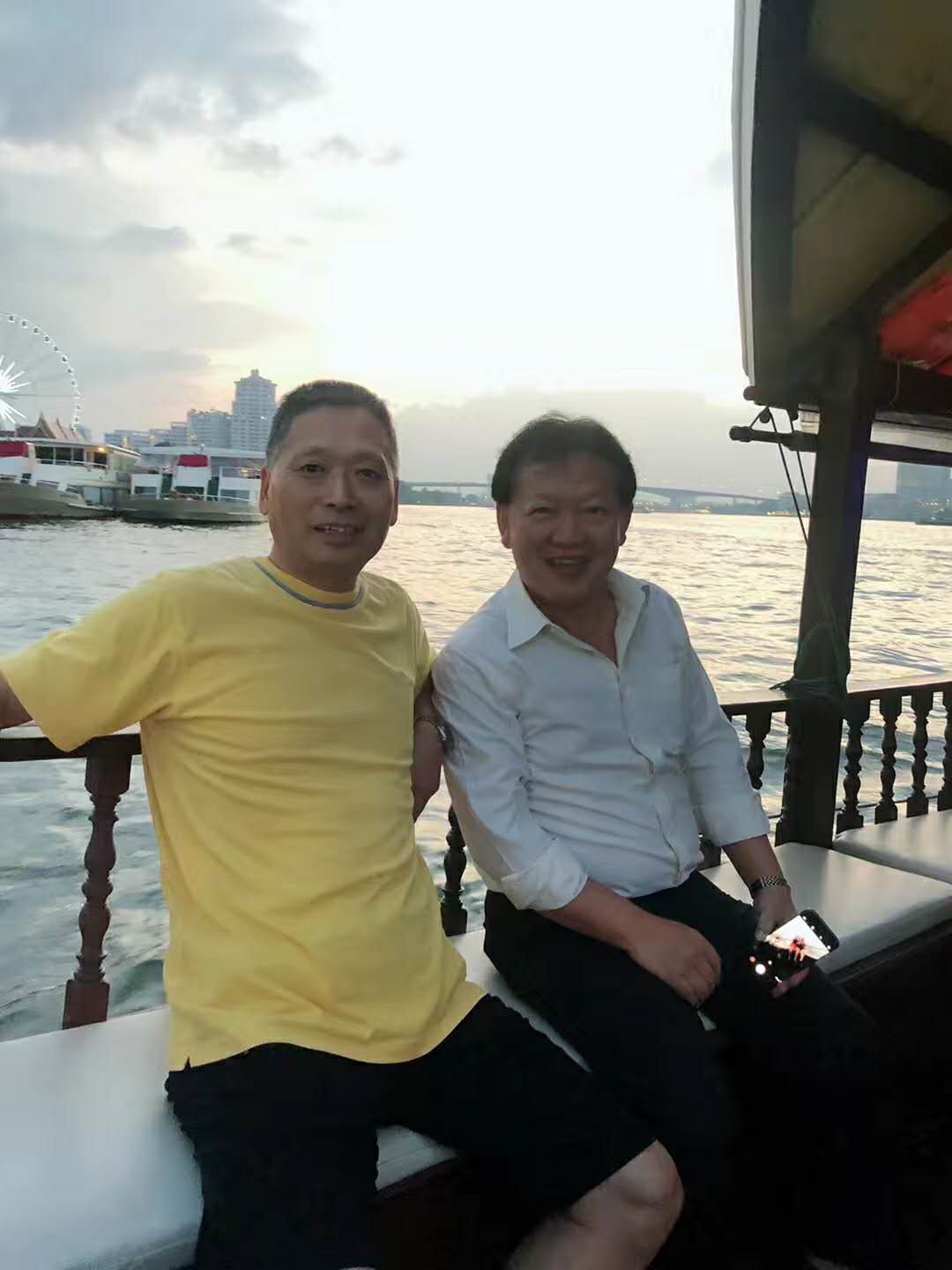
Chairman Li Jianjun brought a delegation to visit Thailand to discuss cooperation
2018-12-13
Recently, Chairman Li Jianjun and his delegation visited Thailand to discuss with the local government about waste-to-energy projects and the development of the Ministry of Labor.
According to statistics, humans on Earth are buying plastic bottles at a speed of 1 million per minute. By 2050, scientists expect the amount of plastic waste in the ocean to exceed that of fish. Despite the continuous restrictions on plastics, plastic recycling and recycling technology, 91% of plastic waste is still not properly recycled today. Land-based waste causes pollution of air, land and water, and garbage in the ocean is rapidly killing marine life.
The main reason for Chinese-funded enterprises to enter the waste incineration market in Southeast Asia is that Southeast Asia, as a global maritime traffic artery, has become one of the most active regions in the world with the implementation of active economic stimulus policies, and Southeast Asian countries are also implementing China. The “One Belt, One Road” strategy is an important partner.
At the same time, many countries in Southeast Asia also strongly support the development of waste treatment and municipal projects. The Thai Ministry of Finance is preparing to launch a series of infrastructure funds to seek private investment in public infrastructure projects. According to the government's third revised development plan for 2010-2030, the new capacity construction of 55,000 MW will be completed by 2030. The investment in power production and transmission is about 800 billion baht. It is estimated that 39% of the total power generation by 2022 will come from Renewable Energy.
The Thai Minister of Industry said that “Thailand produces 60 million tons of waste per year, including general waste and industrial toxic waste.
The biomass power generation project is scheduled to begin next year. The project will cost 1.8 billion baht and is expected to help remove 500 tons of garbage every day. The Thai government has issued a clear policy to promote the development of waste-to-energy plants, on the one hand, to solve the surplus. The problem of garbage, on the one hand, produces electricity. We believe this option will be much better than directly landfilling waste and toxic substances contaminating the land. ”
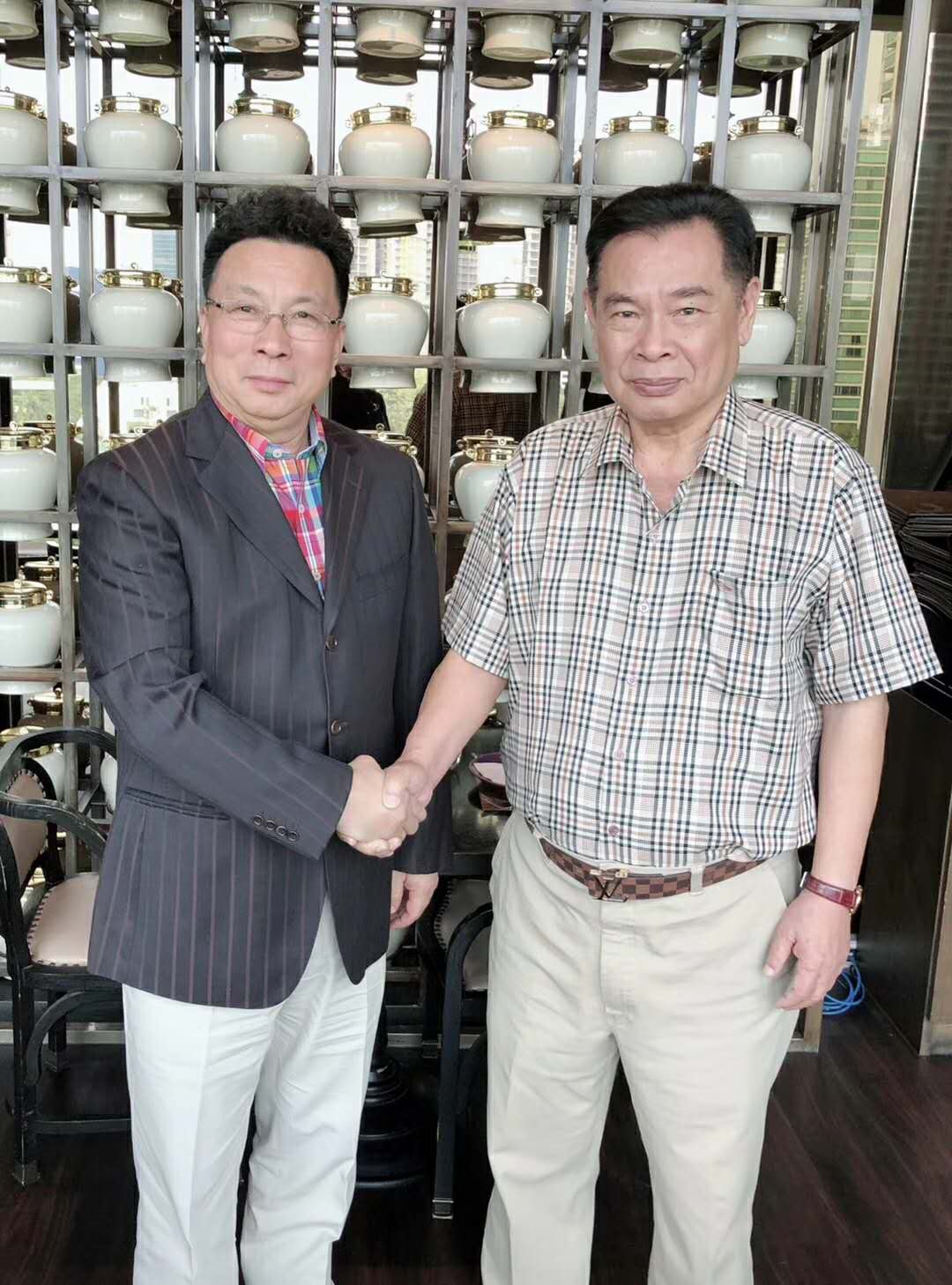
He added that waste-to-energy plants are a global trend, especially in the EU, and will be turned to waste-to-energy plants in the near future.
Waste incineration power generation is the work of introducing, digesting and absorbing waste incineration plants and waste incineration equipment. Converting waste into energy is not a novel idea. Plastic waste is first broken down into different chemical components and converted into fuel to meet growing energy needs. This is theoretically feasible, a process that will reduce landfills and create a cleaner, more climate-friendly fuel than oil, gas or coal.
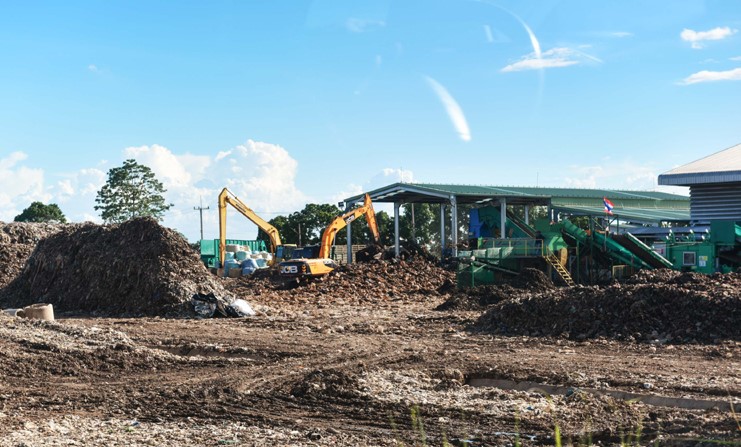
This is a garbage dump in Phitsanulok, Thailand
Our group and the Thai side are in the stage of substantive negotiation and planning. In fact, in the context of the pressure of garbage siege and low-carbon emission reduction, the waste-to-energy technology entered the National Development and Reform Commission’s “National Key Promotion Low Carbon” in July last year. Technical Catalogue. Although China's waste-to-energy technology started late, it achieved a leap-forward development, and it took only a few years to complete the process of introducing absorption and independent innovation. Due to problems such as living habits, most of China's domestic garbage has the characteristics of high water content, low calorific value, and no classification. It was once considered to be “poor garbage”, but after self-developed process systems and power generation equipment suitable for garbage national conditions, China's waste-to-energy technology has reached the EU standard - that is, the toxic gas emitted by waste incineration does not exceed 0.1 ng per cubic meter. The waste-to-energy technologies of several of China's top environmental protection companies can even reach a gas discharge of no more than 0.01 ng per cubic meter, which is in an international leading position. These Chinese enterprises have also formed a full-industry chain service capability such as investment, equipment supply and engineering general contracting, and are vigorously moving forward along the road of “going out” of waste-to-energy generation.
Chairman Li Jianjun pointed out that the domestic garbage content of China and Thailand is similar, and China's technology is advanced and the price is better than the EU. In my group's view, the garbage problem is like a "city gold mine." At the beginning of the strong demand for renewable energy in Thailand, our group is willing to create a beautiful environmental card for Southeast Asia.
